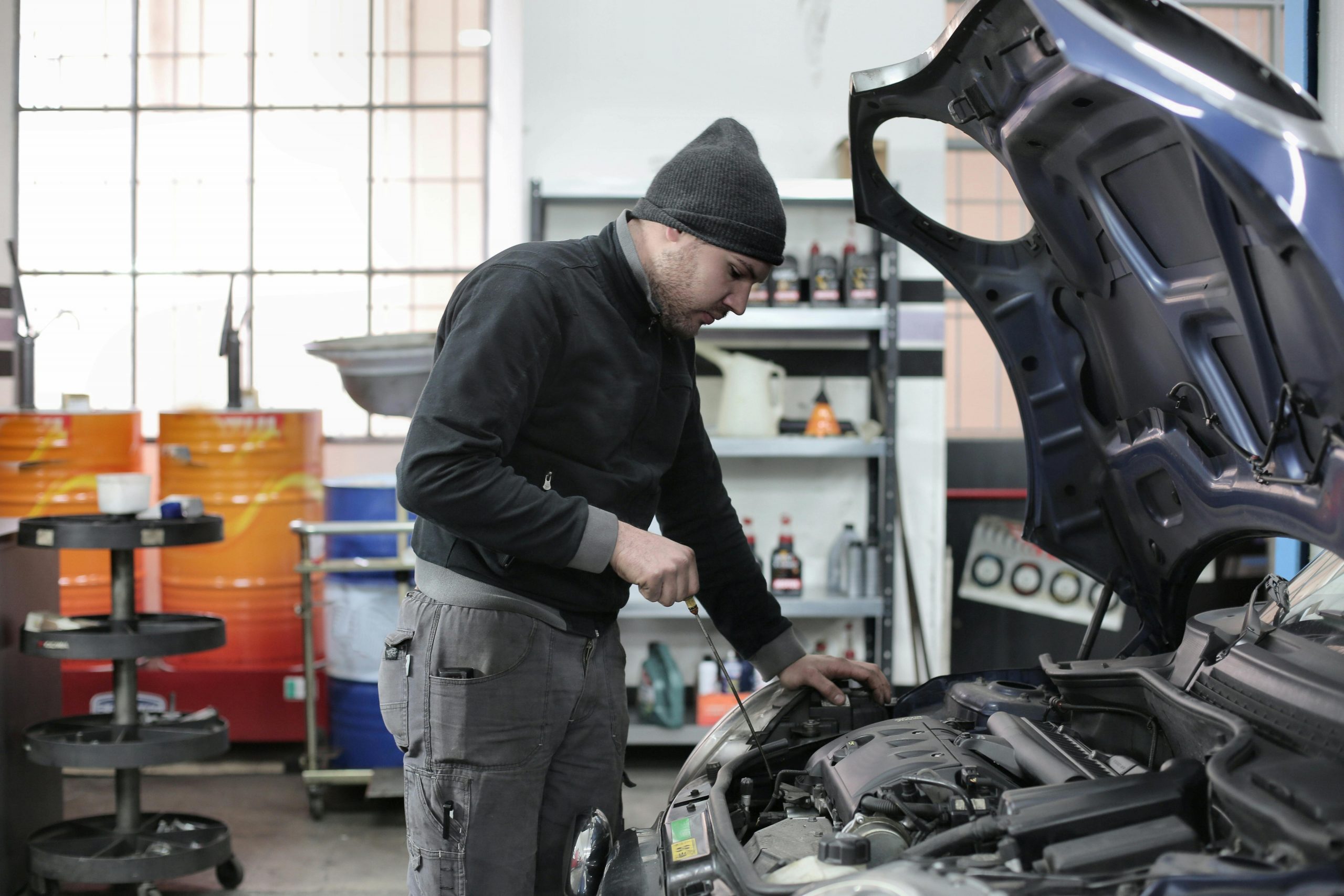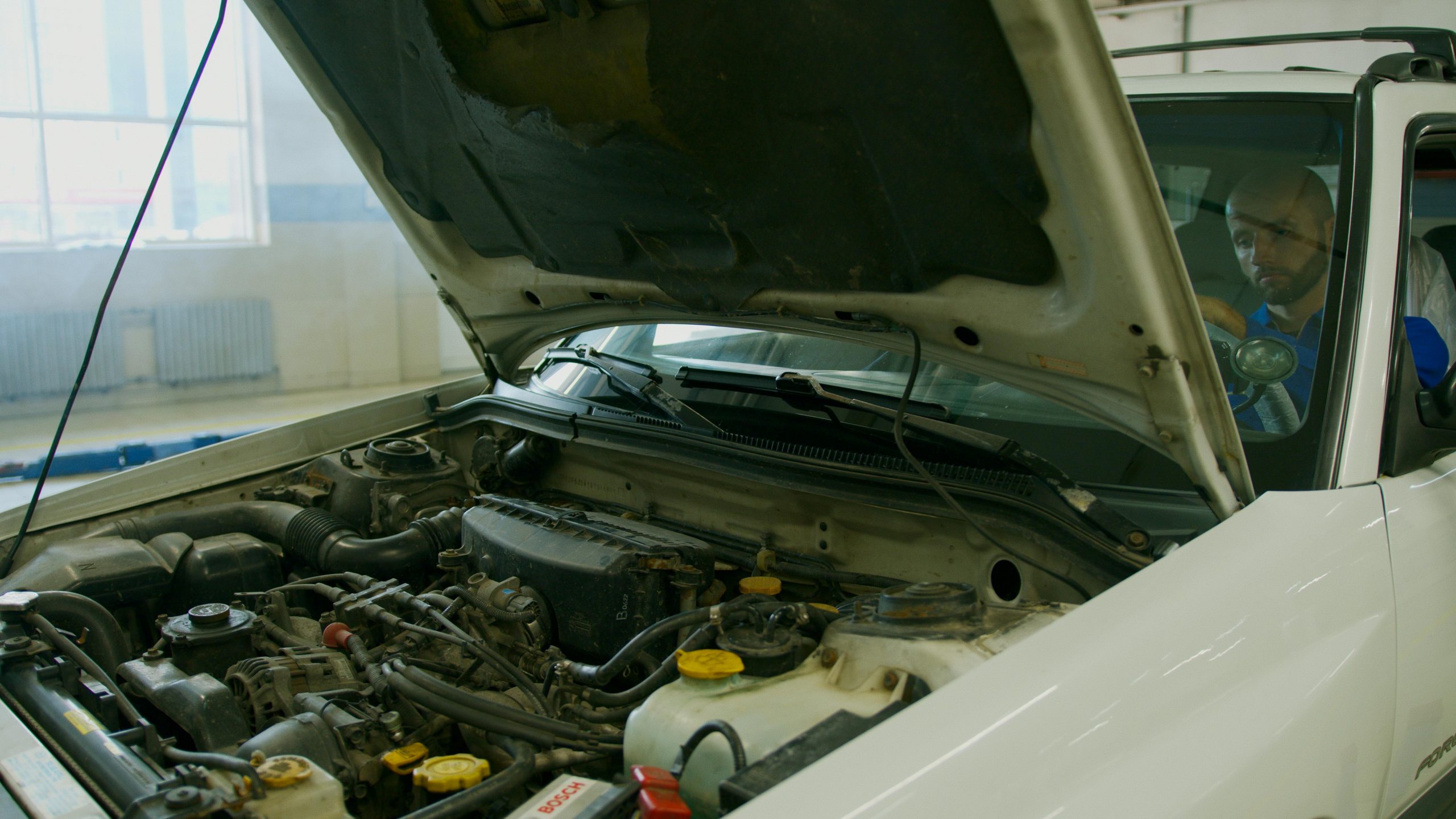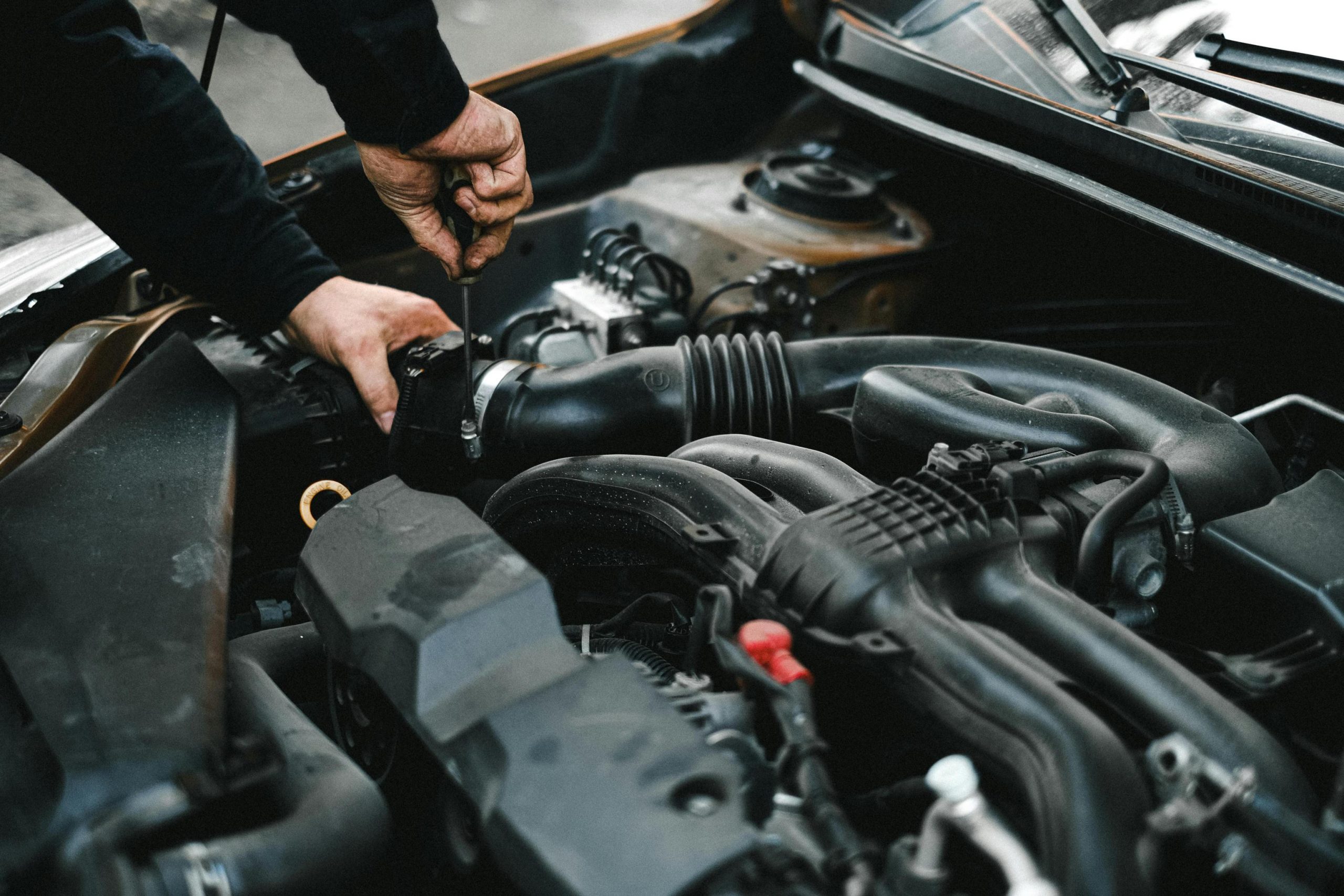When it comes to car maintenance, checking your oil is one of the most important—and easiest—things you can do. But many drivers still ask: Do you check oil with the car running?
The short answer is no, you should not check your oil while the engine is running. In fact, checking it while the car is running can be dangerous and lead to inaccurate results.
In this article, we’ll explain why it’s important to turn off your car before checking the oil, how to do it properly, and what to look for once you pull the dipstick. Whether you’re a new driver or someone just learning car basics, this guide has you covered.
Why You Shouldn’t Check Oil While the Engine Is Running

Let’s start with safety. Checking your oil while the engine is running is never a good idea for two big reasons:
- It’s Dangerous
- Hot engine parts and oil can burn you.
- Moving engine components can pull in loose clothing or fingers.
- Oil may splash out while the engine is running.
Simply put, opening the hood and pulling out the dipstick while the car is running isn’t worth the risk.
- You’ll Get a Bad Reading
When the engine is running, oil is moving quickly through the system and hasn’t had a chance to settle. This makes it hard to get an accurate reading of how much oil is in the oil pan.
You might think your oil is low or full when it’s not. That’s why it’s always best to check your oil when the engine is off and cool.
When Is the Best Time to Check Oil?
The best time to check your engine oil is when:
- The engine has been turned off for at least 5–10 minutes
- Your car is parked on a flat surface
- The engine is cool or just slightly warm
These conditions allow the oil to drain back into the bottom of the engine, giving you a true reading of the oil level.
Step-by-Step: How to Check Engine Oil the Right Way
Now that you know the engine should be off, here’s how to properly check your oil at home.
Step 1: Let the Car Cool Down
Turn off the engine and let your car sit for 5 to 10 minutes. This allows the oil to drain back into the pan.
Step 2: Pop the Hood
Use the hood release lever (usually near the driver’s seat). Lift the hood, secure it with the prop rod, and locate the oil dipstick—it often has a yellow or orange handle.
Step 3: Pull Out the Dipstick
Slowly pull the dipstick out all the way. Wipe off the oil on the tip with a clean rag or paper towel.
Step 4: Reinsert the Dipstick
Push the dipstick fully back into its tube, then pull it out again. Now you can read the oil level.
Step 5: Read the Oil Level
Look at the markings at the tip of the dipstick. These may say:
- “L” (Low) and “H” (High)
- “Min” and “Max”
- Dots, lines, or crosshatched areas
The oil level should be between the two marks. If it’s below the low mark, you’ll need to add more oil. Knowing how to read oil dipstick accurately ensures your engine always runs with the right amount of lubrication.
Step 6: Check Oil Condition
While you’re checking the level, also check the oil’s appearance:
- Golden or amber = Good condition
- Dark brown or black = Old, time for a change
- Milky or foamy = Potential coolant leak
- Burnt smell = Oil is overheating or breaking down
If your oil looks dirty or smells bad, it’s time to schedule an oil change—even if the level is fine.
What Happens If You Check Oil With the Car Running?

If you accidentally check your oil with the engine running, here’s what might happen:
- You could get burned by hot oil or engine parts
- The dipstick might be coated with splashed oil, giving you a false reading
- You risk spilling oil or introducing dirt into the dipstick tube
- You could damage engine parts if tools or cloth fall in
Bottom line: turn off the engine first. It’s safer, cleaner, and more accurate.
How to Add Oil (If Needed)
If your oil level is low after checking it the right way, here’s how to top it off:
- Find the oil cap on top of the engine. It’s usually marked “Engine Oil.”
- Remove the cap and use a funnel to pour in a small amount of the recommended oil.
- Wait a minute, then recheck the dipstick.
- Repeat until the oil level is in the safe zone—but don’t overfill.
- Replace the oil cap and make sure it’s tight.
Refer to your car’s owner’s manual to find out what type and grade of oil to use.
How Often Should You Check Engine Oil?
To keep your engine healthy, follow this general rule:
- Check oil once a month
- Check before road trips
- Check when dashboard oil light comes on
- Check if your car is older or leaks oil
This habit helps you catch problems early and avoid costly damage.
Do You Need to Warm Up the Car First?
Some older vehicles or performance engines require oil checks when warm, but for most modern cars, it’s best to check when the engine is cool or warm—not hot and not cold from overnight.
If your owner’s manual recommends checking it warm, just turn off the car and wait 5 minutes before pulling the dipstick.
What If Your Car Has No Dipstick?
Newer vehicles sometimes come with electronic oil sensors instead of dipsticks. If that’s the case:
- Check the oil level from the digital dashboard or infotainment system
- Look for warning messages like “Oil Level Low”
- Use the recommended procedure in your owner’s manual
These systems are accurate, but they can fail. If you ever suspect a problem, have your oil level checked by a mechanic.
Quick Tips for Accurate Oil Checks
- ✅ Always park on a level surface
- ✅ Wait at least 5 minutes after turning off the engine
- ✅ Use a clean rag or paper towel
- ✅ Don’t overfill
- ✅ Keep a bottle of your engine’s oil grade on hand
What Happens If You Never Check Your Oil?
Skipping oil checks can lead to:
- Low oil pressure
- Overheating
- Engine wear and friction
- Oil sludge buildup
- Total engine failure
Checking oil regularly is one of the cheapest ways to protect your car from expensive damage.
Final Thoughts
So, do you check oil with car running? Absolutely not.
Always turn off the engine and let it cool for a few minutes before checking your oil. It’s safer, more accurate, and better for your car. Learn how to read your oil dipstick correctly, and make it a habit to check your oil once a month or before long drives.
This simple check can help you avoid breakdowns, extend your engine’s life, and save money in the long run.
